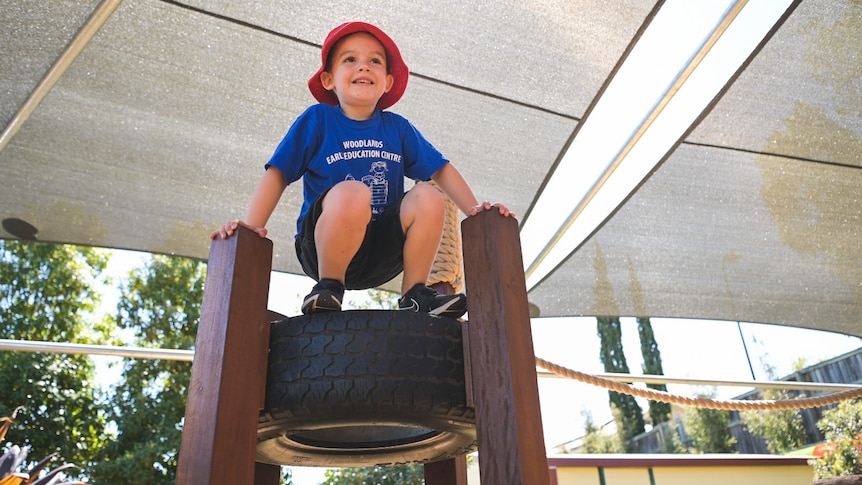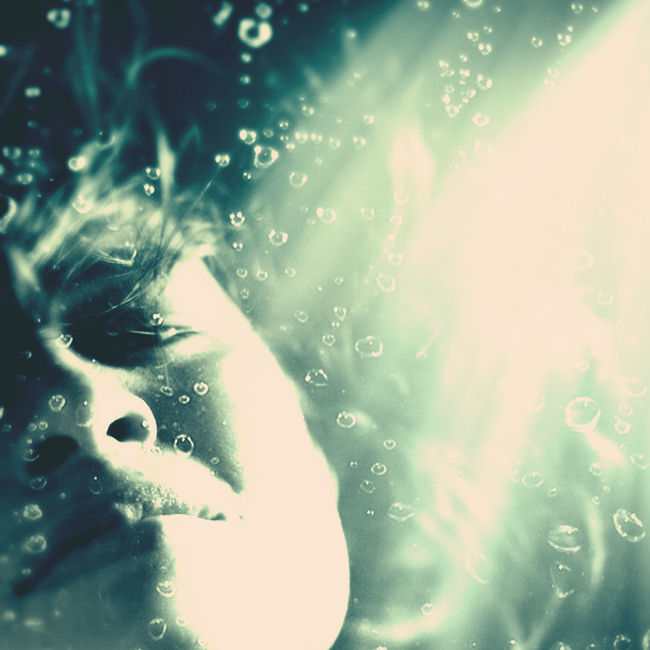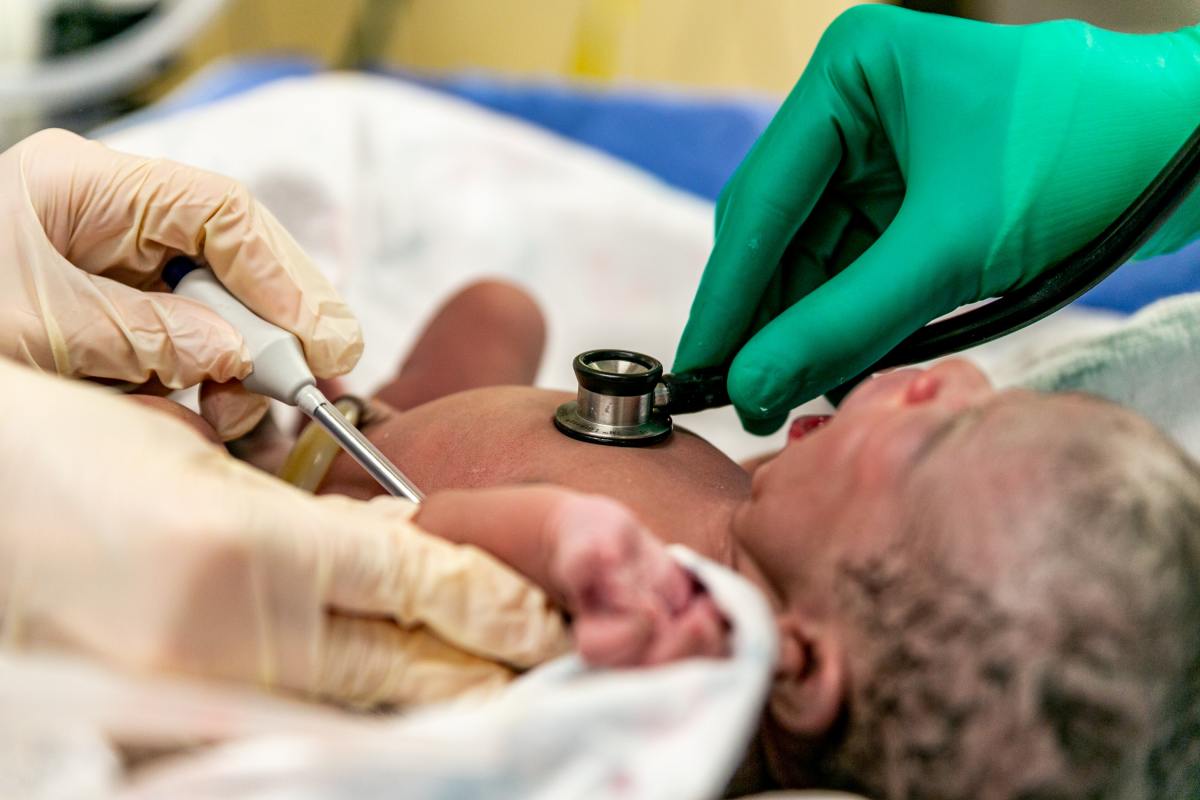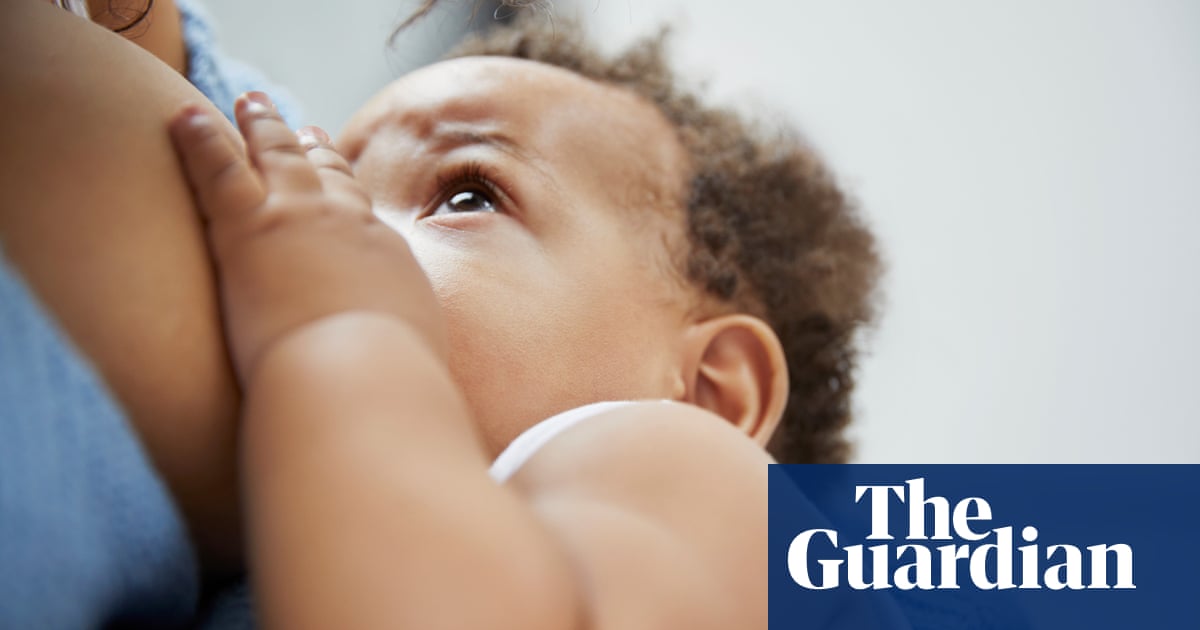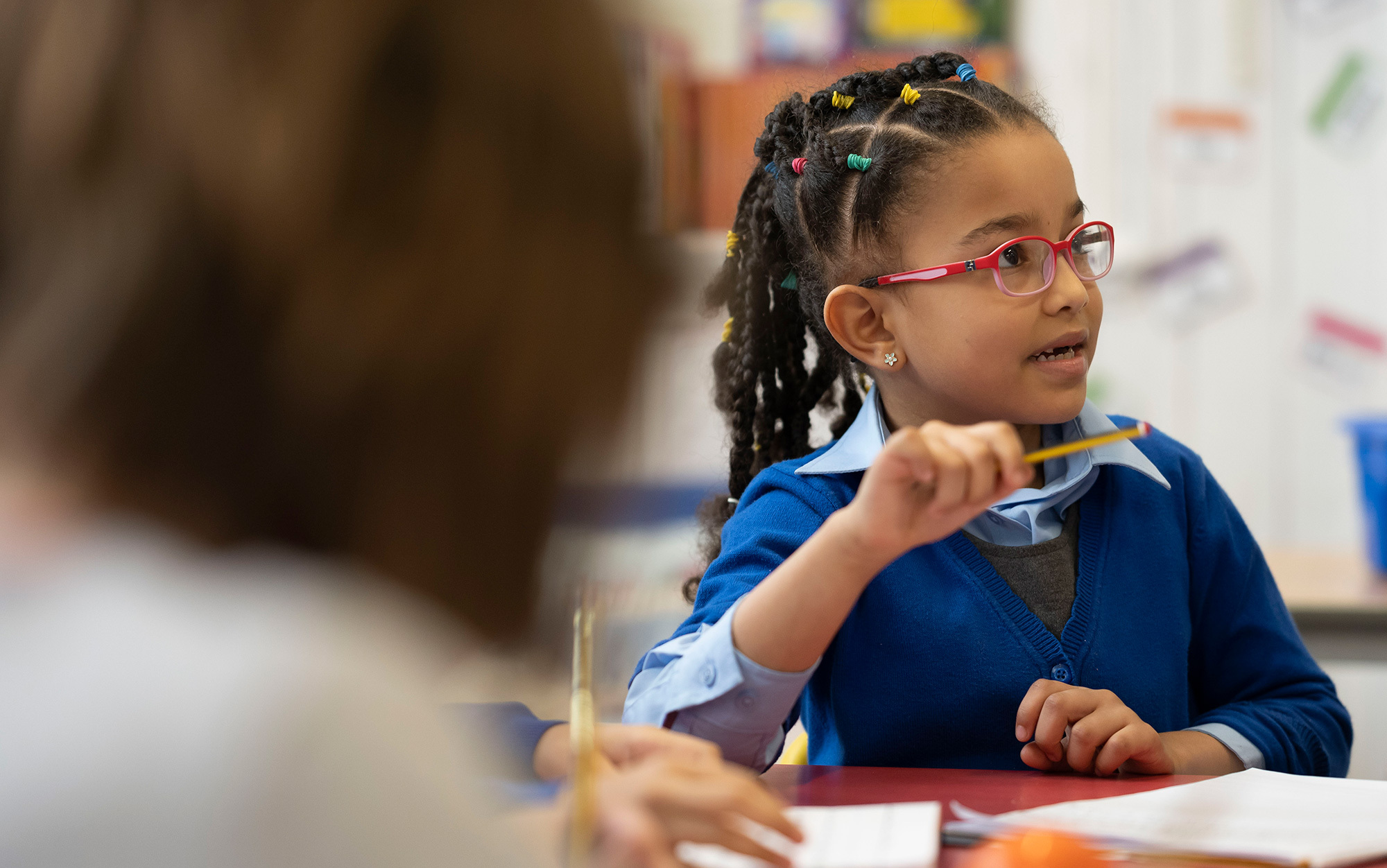- 13 Posts
- 0 Comments
Joined 4Y ago
Cake day: Jan 23, 2021
You are not logged in. If you use a Fediverse account that is able to follow users, you can follow this user.
"Each year across the world, kids of roughly the same age are packed into classrooms and confined to desks with the intent of learning from an adult teacher.
But is this how children were adapted to learn?
In today’s technologically dependent, economically complex world in which a particular subset of skills is critical, fact-based knowledge is no doubt best imparted from those with experience—which is usually adults.
But what about social learning? Humans as a species are set apart by their incredible dependence on one another; cooperation is at the heart of both an individual’s survival and a functioning society. So, how do children typically learn to cooperate?
Anthropological research in small-scale societies—including my work among with the Pumé of Venezuela and the Maya living in the Yucatan Peninsula—resoundingly suggests that they learn from one another.
Schooling and growing up in small nuclear families have been the norm for only the past century or so in industrialized societies—just a brief flash in evolutionary time. Childhood in these societies is commonly thought of as a period requiring intense adult investment dedicated to learning and instruction. But research in nonindustrial, small-scale societies—the kinds of communities that all our ancestors lived in both deep in the past and until fairly recently—gives a different picture.
Today children in industrialized societies spend a lot of time in supervised environments with adult direction.
..."
"Woodlands Early Education Centre, in Logan south of Brisbane, as well as nine others in the chain have recently overhauled their yards to increase children's exposure to risk.
...
While the new grounds may look dangerous — a towering fort (with open edges), 1.6-metre-high balance beams, and climbing walls (without a fall mattress) — the data shows the opposite.
There has actually been a 43 per cent reduction in reported injuries at the centre."
> For the past three years, Facebook has been conducting studies into how its photo-sharing app affects its millions of young users. Repeatedly, the company’s researchers found that Instagram is harmful for a sizable percentage of them, most notably teenage girls.
>
> “We make body image issues worse for one in three teen girls,” said one slide from 2019, summarizing research about teen girls who experience the issues.
“Teens blame Instagram for increases in the rate of anxiety and depression,” said another slide. “This reaction was unprompted and consistent across all groups.”
>
> Among teens who reported suicidal thoughts, 13% of British users and 6% of American users traced the desire to kill themselves to Instagram, one presentation showed.
The whole article reads like a horror show. Corporate representatives use Orwellian language to justify and minimise the problem... The Head of Instagram is quoted in this section:
> In May, Instagram head Adam Mosseri told reporters that research he had seen suggests the app’s effects on teen well-being is likely “quite small.”
>
> In a recent interview, Mr. Mosseri said: “In no way do I mean to diminish these issues.…Some of the issues mentioned in this story aren’t necessarily widespread, but their impact on people may be huge.”
>
> He said he believes Facebook was late to realizing there were drawbacks to connecting people in such large numbers. “I’ve been pushing very hard for us to embrace our responsibilities more broadly,” he said.
>
> He said the research into the mental-health effects on teens was valuable, and that Facebook employees ask tough questions about the platform. “For me, this isn’t dirty laundry. I’m actually very proud of this research,” he said.
"I'm very proud of this research and pushing really hard for change"... while cashing in and making sure that the hard push won't cause damage to the profits I'm sure.... >:(
A very emotional read....
Spotting drowning children, or people in general, is apparently very difficult.
The website shows some examples.
[Relevant HN discussion](https://news.ycombinator.com/item?id=27984570)
Excerpt:
"One of my four-year-old twins is obsessed with death. She wants to know everything about dying. Again and again, she asks me to tell her about what happens when people die. Initially, I was a little surprised by her fascination with ‘died’ people, as she calls them, but then it became clear that she was thinking a lot about this whenever she was quiet.
‘Will you tell me more about dying. What happens when people die?’ she asks me every night before bed.
‘Their bodies stop working. Their hearts stop working,’ I tell her.
‘Is this what happened with Naanaa?’
Naanaa – my father, their grandfather – died in November last year. The twins met him only once, just before their third birthday when we visited India in 2019, although we tried to speak regularly over FaceTime. We were due to visit again in early 2020, but then the COVID-19 pandemic struck, and slowly he became more ill, more frail; the loneliness and isolation of the lockdown, and the lack of adequate healthcare during these weeks and months, took their toll on him.
Preschool children can make sense of death, but only through their parent’s grief, and this is clearly what is happening here: I’d travelled to India and stayed for a week after my father’s funeral and was very open with my children about my sadness. I want them to understand that their grandfather is dead, and I want them to know him, if only through my memories. I also want to normalise talking about death going hand-in-hand with life, especially as right now, with the world in the midst of an unprecedented pandemic crisis, my children hear my husband and I talking about death so often."
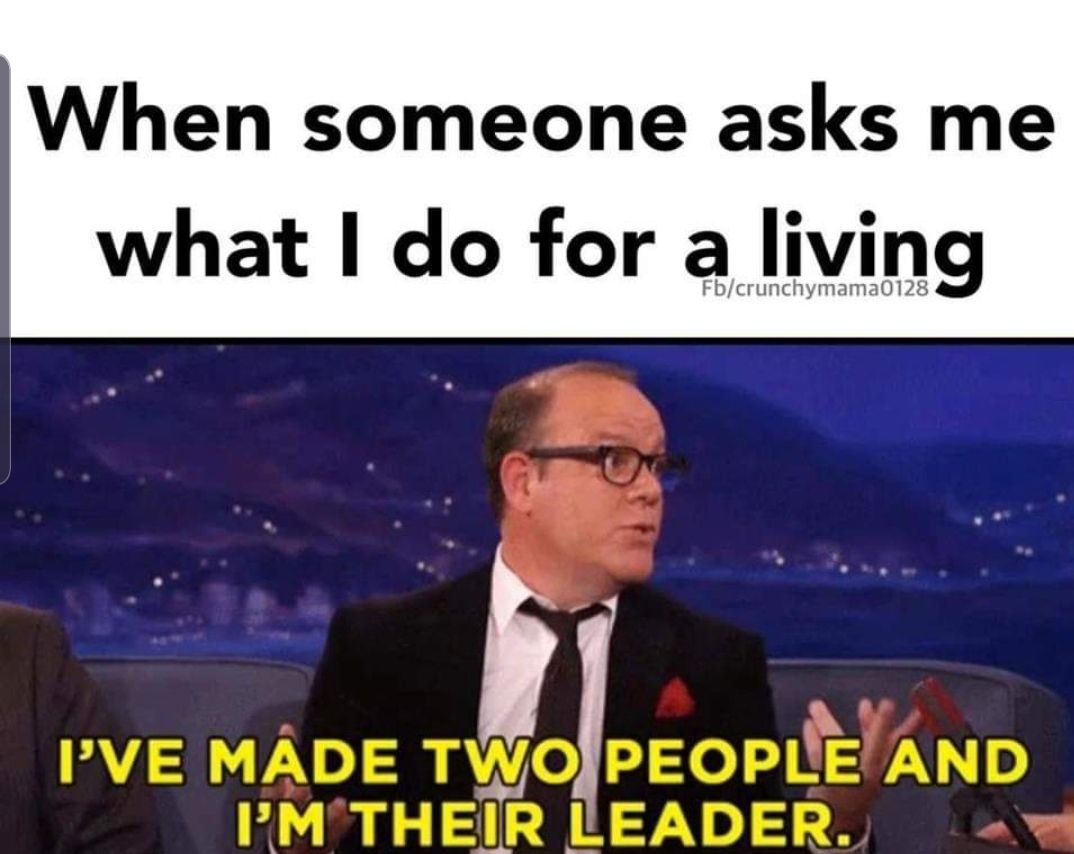
Except the number is wrong and they are the leader...
"In newborns with a very low birth weight, continuous skin-to-skin contact immediately after delivery, even before the baby has been stabilized, can lower mortality by 25%. This is according to a study published in The New England Journal of Medicine that was organized by the WHO on the initiative of researchers at Karolinska Institutet focusing on low- and middle-income nations.
One of the most effective approaches to avoid newborn mortality is to keep the newborn and mother in constant skin-to-skin contact, often known as “kangaroo mother care” (KMC). The World Health Organization (WHO) currently recommends that skin-to-skin contact begin as soon as a low-weight infant is stable enough, which usually takes several days for babies weighing less than 2 kg at birth. "
I thought this one is super interesting.
When I tell someone that I run a centre that brings philosophy into children’s lives, much of the time I’m greeted with puzzlement, and sometimes open scepticism. How can children do philosophy? Isn’t it too hard for them? What are you trying to do, teach Kant to kindergarteners? Or, somewhat more suspiciously, what kind of philosophy are you teaching them?
These reactions are understandable, because they stem from very common assumptions – about children and about philosophy. Central to our work at the Center for Philosophy for Children at the University of Washington is the conviction that we ought to challenge beliefs about children’s limited capacities, and to expand our understanding of the nature of philosophy and who is capable of engaging in it. As one seven-year-old put it: ‘In philosophy, we’re growing our minds.’
Most of our philosophy sessions with children are in public elementary schools; the aim is to discover what topics the children want to think about, and to foster discussions and reflection about these subjects. I don’t think of what I do as teaching philosophy, though. The point is not to educate children about the history of philosophy, nor to instruct them in the arguments made by professional philosophers.
So when my kid was a bit over a year old, it became clear that there was an unprecedented sportsman in the making!
I immediately went out and bought a balance bike similar to this one:
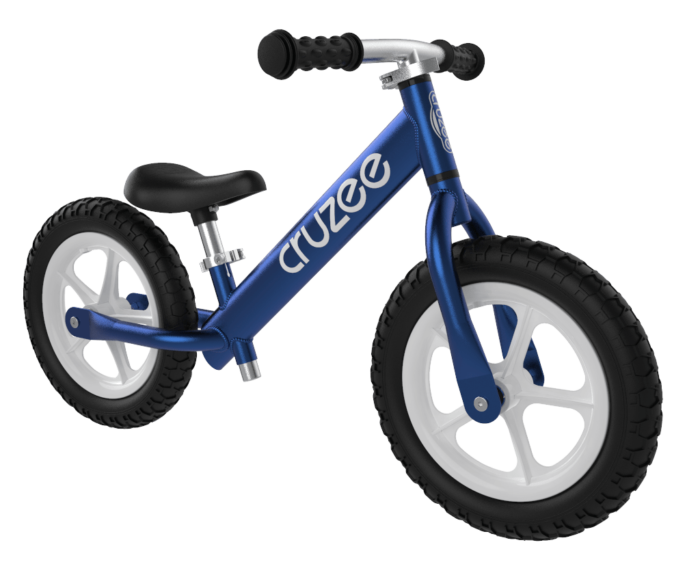
Anyway, turns out that no amount of tape, even construction style one, was enough to keep the little one on the bike in an upright position at a reasonable speed. After a couple of bumps, I decided that the reasonable thing is to wait a little.
After what felt like eternity, but probably wasn't too long, he started to use it more and more. Jumps were made over garden hoses. Little hills were mastered, gaining more and more speed.
At about two / three years of age, my kid was pushing his balance bike with verve downhill on skate tracks!
He absolutely learnt to love it super quick and he still uses it now and then while learning how to use a peddle bike. The balancing side of the peddle bike worked pretty much from the start as a result of the balance bike. The peddle bike is a fair bit bigger however and he needs to build up some confidence with it though.
Anyway, I can wholeheartedly recommend a proper balance bike for toddlers. They are great fun and give them a great sense of freedom.
Things to look out for:
- Ensure it is light weight... you will carry it for extended times
- Get a proper two wheel one. The three wheel ones don't give them a chance to learn the balancing mechanics.
- Make sure they wear a helmet
- Great way for a parent to maintain some form of exercise, while you are chasing after the kid
- Once they learn how to balance, put trust in them regarding how fast they are going.... they can go pretty fast for sure! I've seen this not only with mine, but also others. Obviously look for a save environment where nothing serious happens if they loose control
I've got very little lemmy experience in general, so this is a bit of an experiment for me.
The experiment is about sharing parenting experiences, and discuss how to survive and enjoy parenting while getting better at it.
It's also about managing partnerships that may have caused parenting and/or are impacted by it.
Let's discuss our problems, solutions, and breakdowns.
Parenting has been easily the most intense relationship I've had. It's enjoyable and fu**ing stressful. I wouldn't want to miss it yet I'd love it to be easier....
Can we work towards this?
Parents of lemmy, unite!

